Revitalise The Greenhouse!

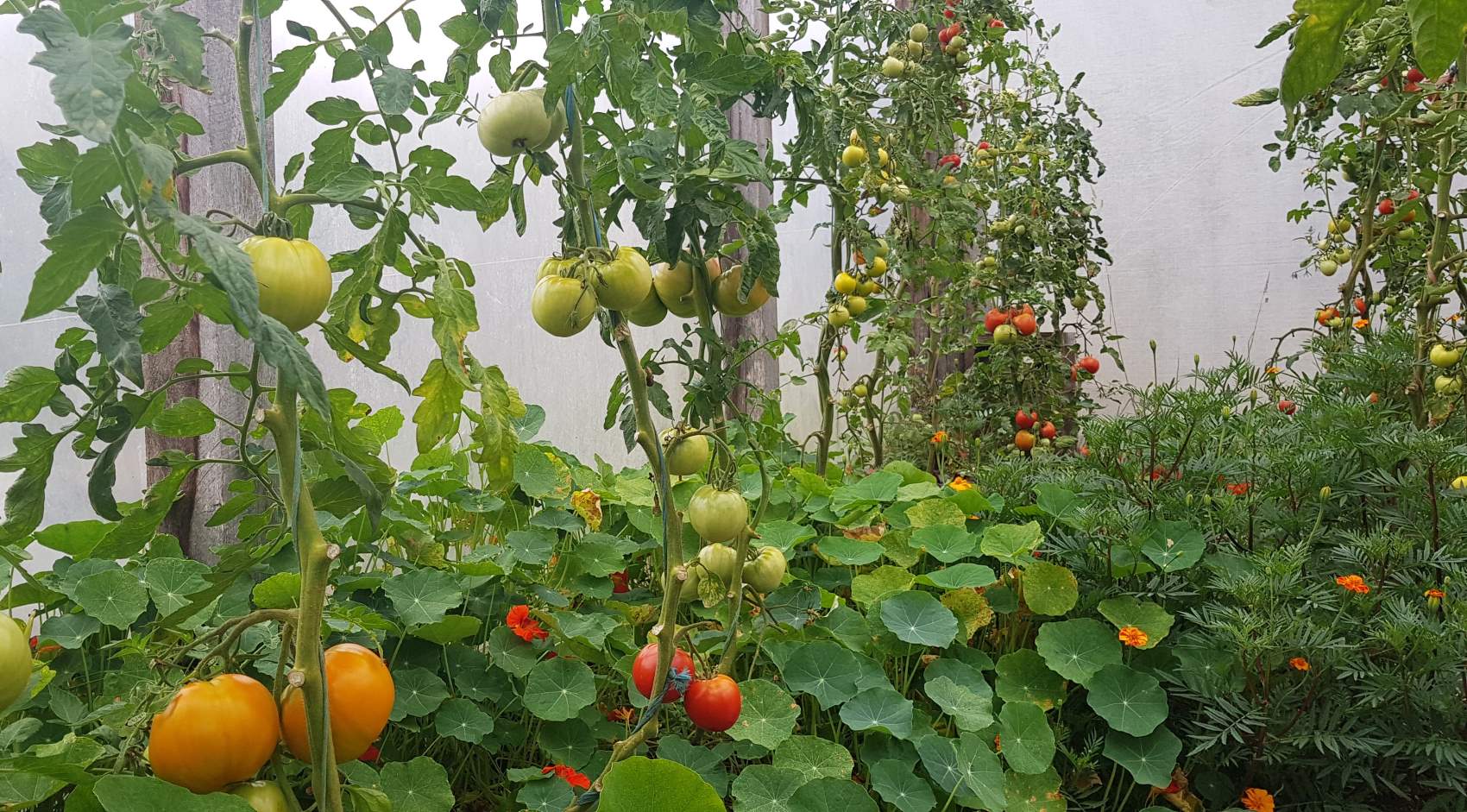
The greenhouse soil has worked hard all summer - revitalise it before planting the next round of crops to keep health steady. That's our goal - no dips and dives, just brilliant steady health. Seize the day, my friends!, and get it done before soil cools off. These preps will enable you to crop through winter and will ready your soil to sail on into tomato/ pepper/ aubergine plantings late winter/ early spring.
Start with a good old clean up.
Clean up old crops + create space
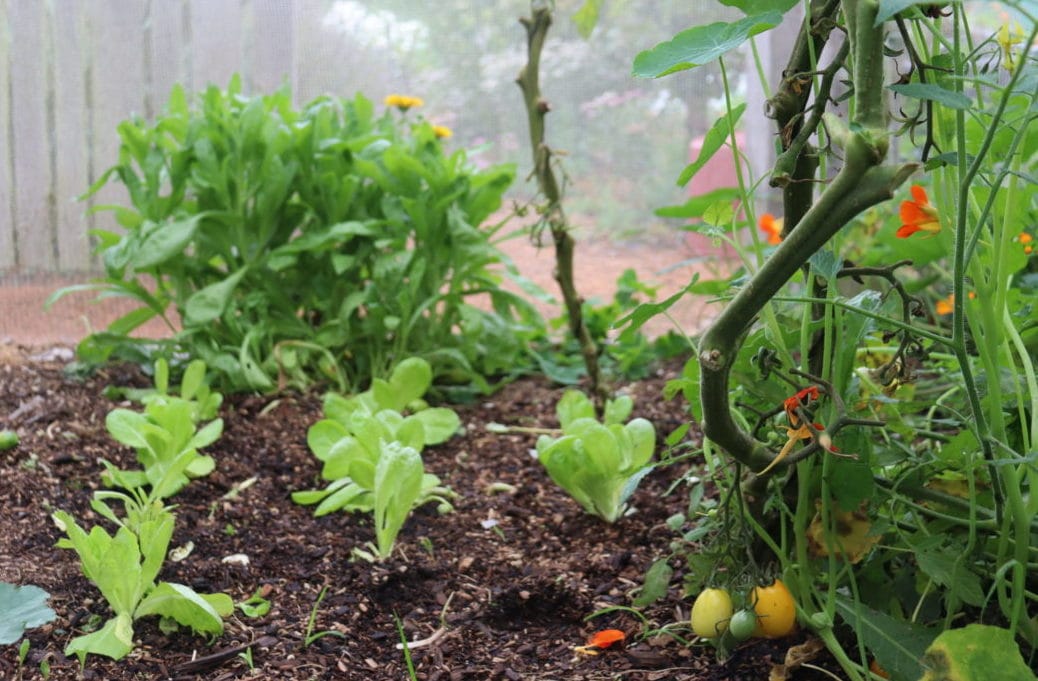
Give productive crops - tomatoes, peppers, cucumbers and aubergines a big clean-up to keep healthy airflow circulating, let in lots of light at this low-light time of year, and to free up space at their base for planting or sowing new stuff.
- Remove all the ratty, older, yellow, pest-y or diseased foliage
- Move flowers and fruits into better light and airflow by reorganising the vine so they are on top.
- If space is at a premium, cut tomatoes off at the base, leaving the nourishing roots behind in the soil. Hang plants upside down in the greenhouse or on a porch where they'll continue to ripen. Not as awesome as in the soil, but still all good!
- Use unripe fruits in green tomato pickles, hot sauces et al. There will at some point, in my house, be fried green tomatoes for lunch - my fav.
Bring back the moisture!
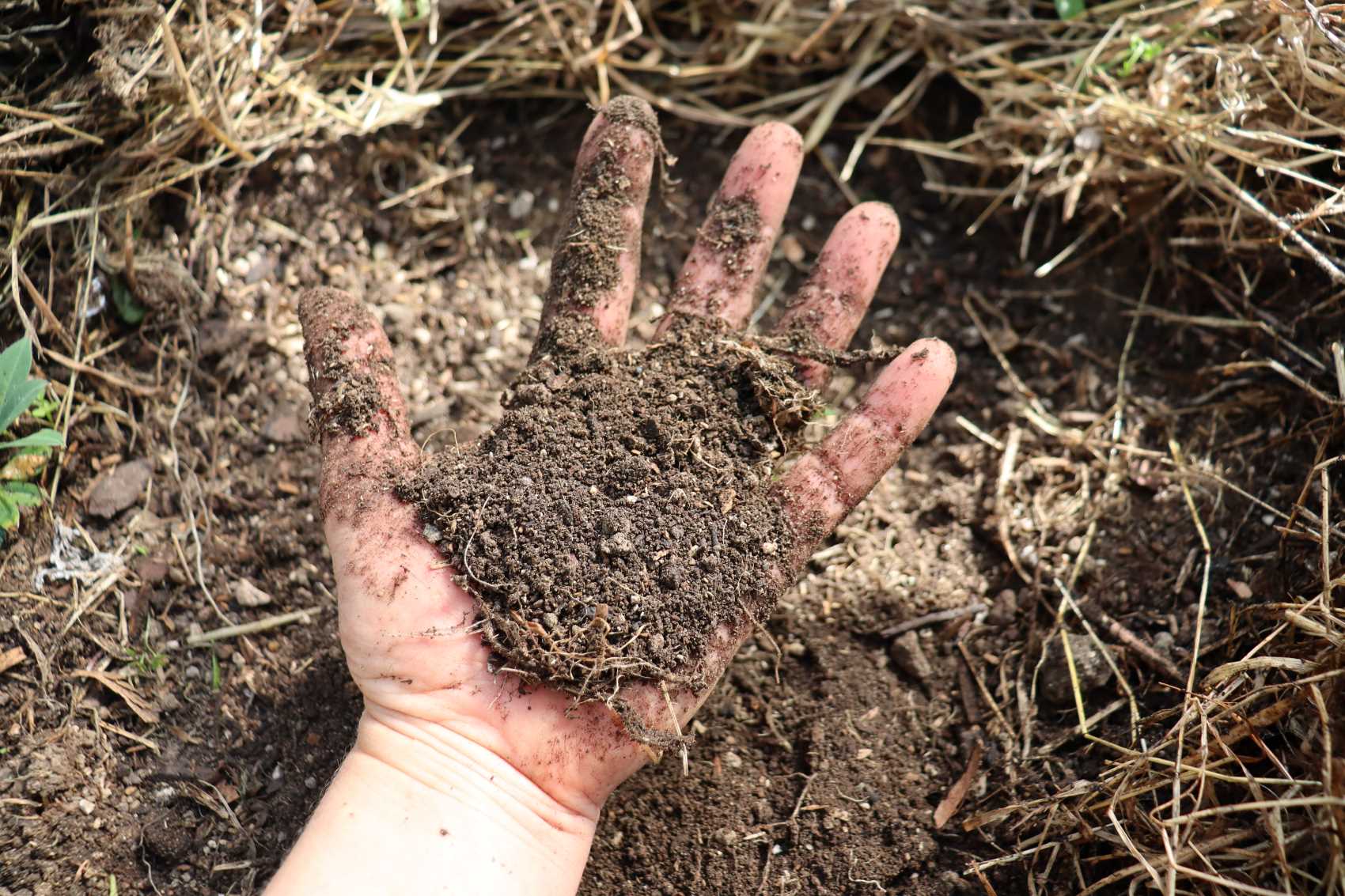
Moisture is your first port of call. If soils dry (and chances are that it is), you'll need to rehydrate it to get the microbes and the health back.
- Dry soils need a few slow, soaks to become properly moist. I like a sprinkler for this job - one you can set in an arc to go exactly where you want it. Once puddles start to show let it rest for a few hours or over night, then redo your moisture test and repeat watering until moisture is just right.
- If soils are beyond dry, they repel water and it wont soak, it'll run off. In this case crack the hydrophobic surface with a forksta before watering as above. When the water pathways re open and clay particles swell, the soil will start accepting water again.
With good moisture in the house, your soil is ready for compost.
Add compost
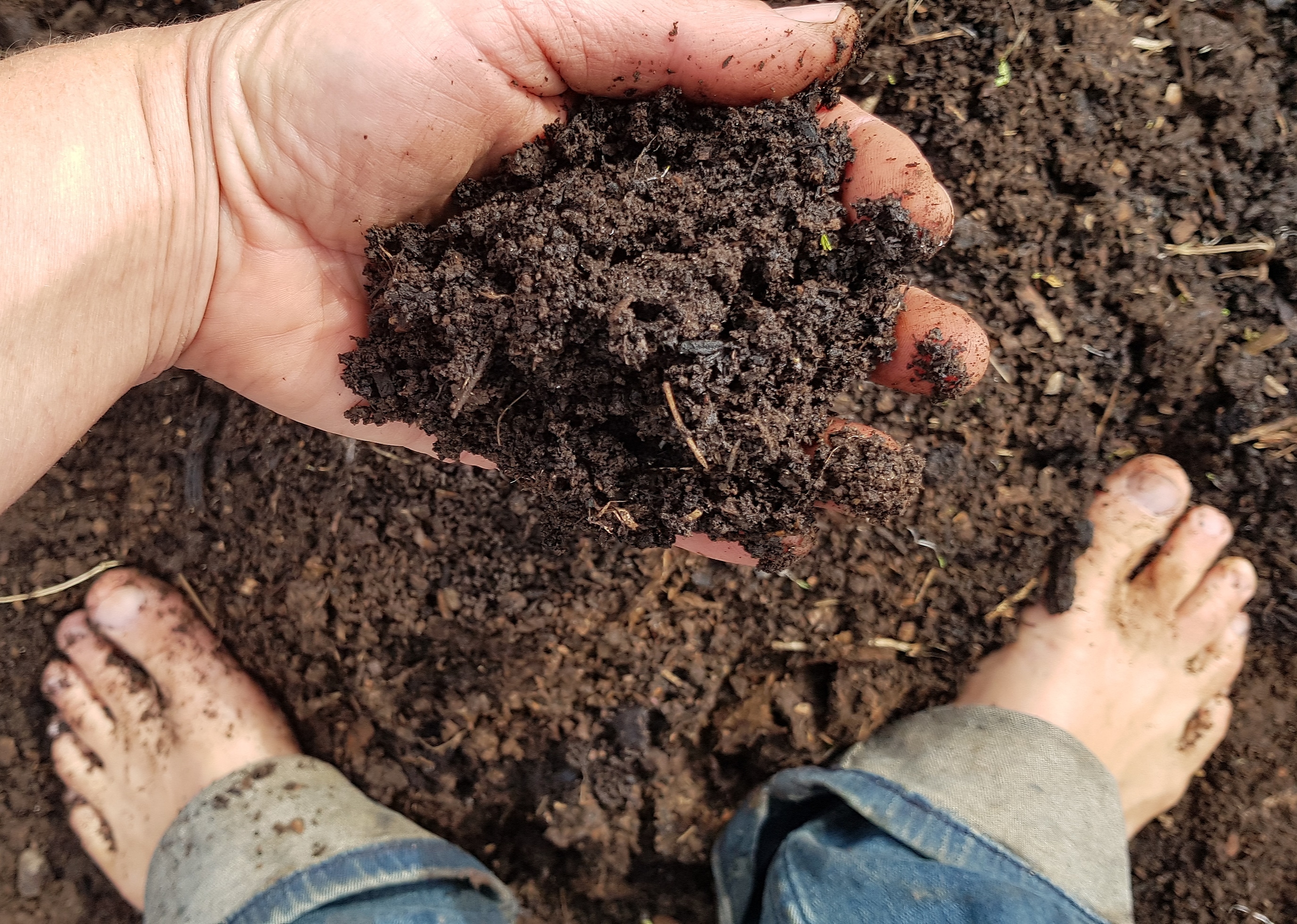
Spread on a fresh layer of homemade compost, about 2cm thick in a greenhouse, over all the spaces you've just cleared.
If you don't have enough compost, you can extend it by mixing in any other decomposed organic matter you have to hand e.g. really well rotten manure, worm castings, or grab little bits of wormy soil here there and everywhere from beneath the mulch around the garden! I call this cheats compost and it's served me very well over the years.
If that still doesn't equal enough, instead of spreading it out, just compost beneath each new seedling. Sprinkle a low growing DIY greencrop mix in the un-composted spaces.
A liquid soil booster
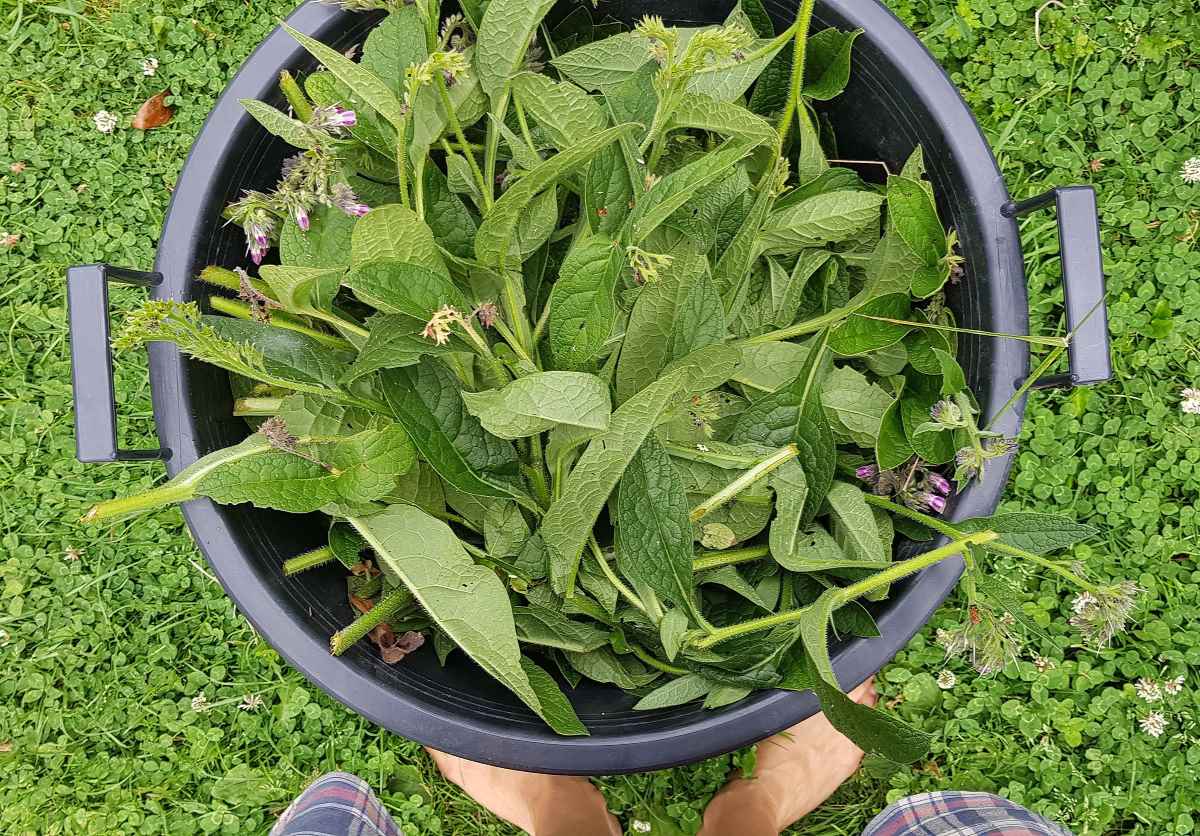
This isn't essential, but a cool idea if your soil has lost its mojo. Pour it over the newly spread compost, pre sowing or planting. Use:
- organic blackstrap molasses + organic whole milk: both of which inspire a flush of biology. Dissolve 1T molasses in warm water and stir it into a 50/50-ish mix of water and organic, whole milk.
- a biological brew
- worm juice
- activated compost tea
- liquid comfrey and/or seaweed
Then sow or plant right away!
Sow soil boosting greencrops
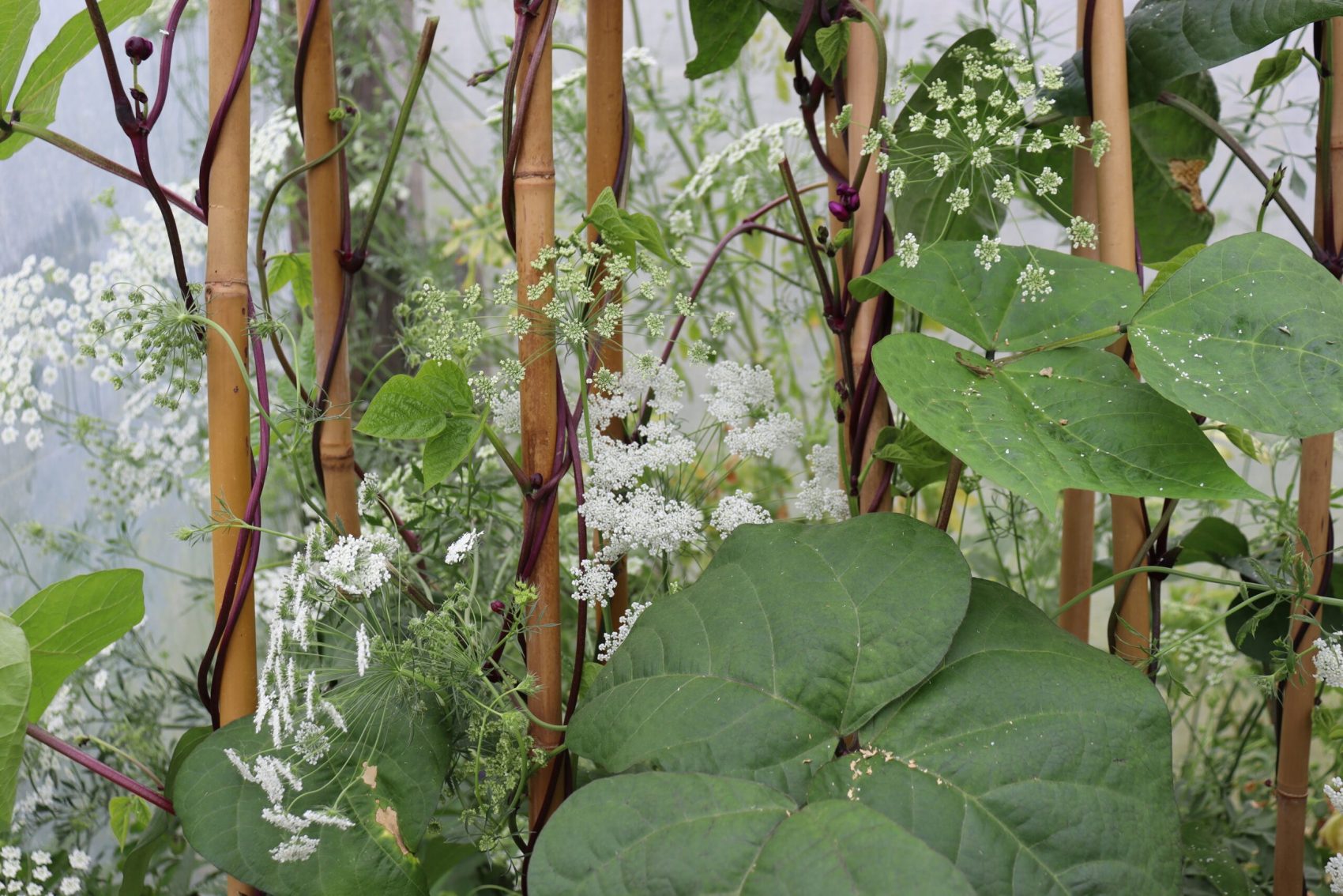
Living roots are the best way to keep soil energy up. Keep the soil in your greenhouse planted up with greencrops and crops and you'll hit the ground running at tomato planting time.
Make a DIY greencrop seed mix with crops like broadbeans, mustard, lupin, daikon, phacelia, calendula, bishops flower, nasturtium, crimson clover. Sow it densely beneath taller crops and finishing crops, and in any spaces you wont be planting up right away.
Make the most of greencrops and chop them back as they gear up to flower. When lush plants are chopped, soil gets a big boost!
- Greencrops that are around and beneath crops, can be chopped back and dropped on the soil as mulch, as and when is needed to improve light and air. This is the healthiest mulch of all, a living mulch.
- Greencrops that are a pre-cursor to new plantings or sowing, can be chopped back to soil level then set aside. Add a little compost if needs be, then sow seed or plant seedlings, and use the chopped material as mulch. So much vitality in this simple action!
While ideally, greenhouse greencrops are chopped as they gear up to flower, don't be hamstrung by this timing. If you don't get around to it and crops are well into flowering - no worries, do it anyway. Likewise if they are young and still a wee way off - chop them as and when you need the space. Either way they are doing awesome things for soil.
- If your chooks will be coming into the greenhouse in winter, greencrop the space they'll be on - they'll be nourished by the greens and all the critters that come with plants, and will in turn all that organic matter into the soil. Such easy, high value fertility!
- Sow a mix of greencrops around the edges and by the door - chop these after flowering. Leaving them to flower will entice predatory insects and pollinators in.
Plant and sow food crops
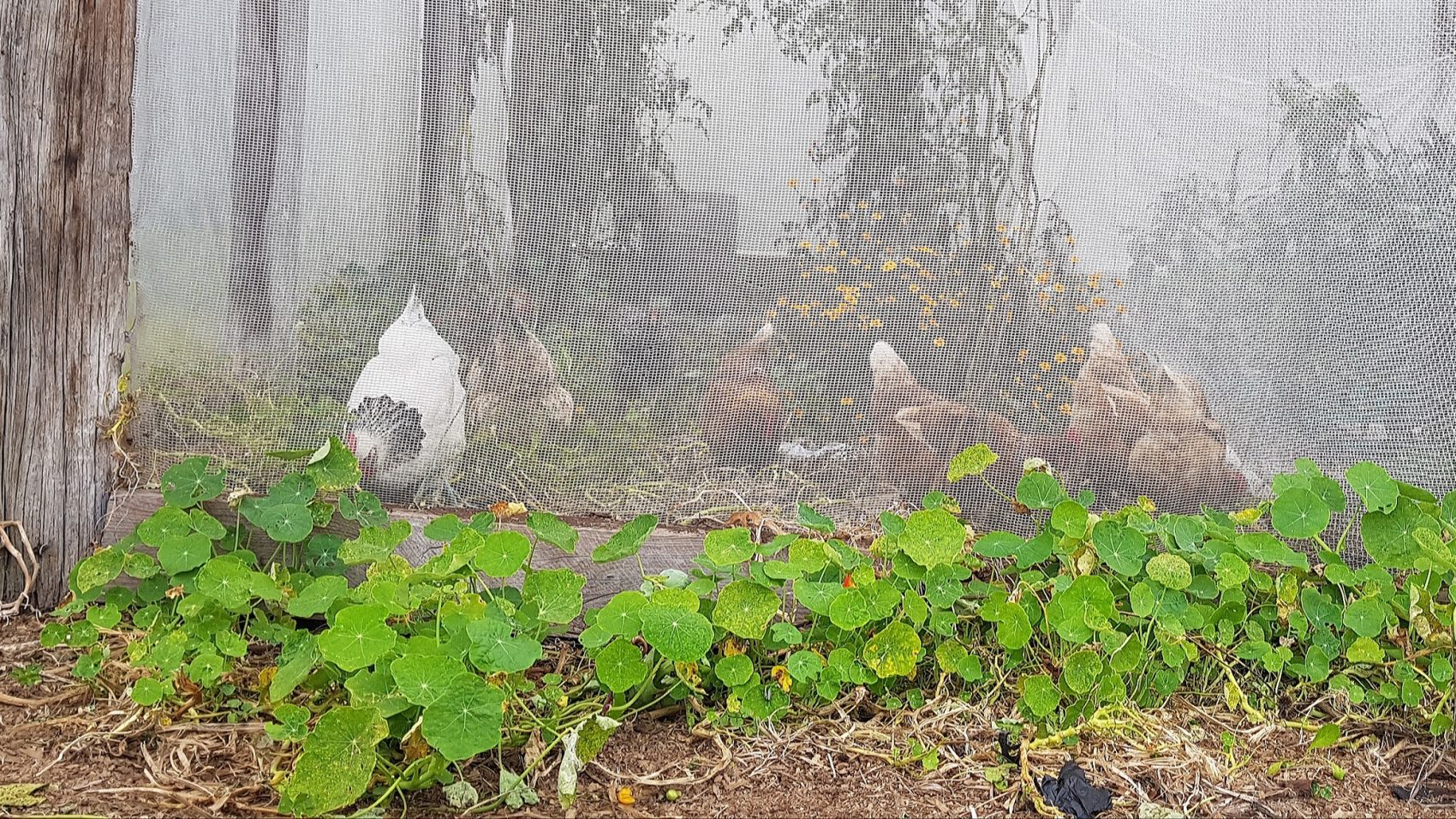
There's heaps of cool things you can plant in the April greenhouse. Much depends, of course, on what you want to eat in the future + what the temperature is at yours.
If your chooks will be coming in sometime, group crops by the door so you can screen them off from the chooks, and easily get to them.
- Quick leafy's like saladings, bok choy, gai lan or spinach will grow speedily in the warmth.
- Dwarf beans are another excellent option at this time of year.
- Beetroot
- Spuds in buckets
- Celery is great grown under cover in cool wet seasons - no rust!
- Basil is a punt worth taking - if it suddenly gets too cold and comes to nothing, ah well!
- Plant companions like nasturtium, phacelia, bishops flower, calendula and borage.
Regular care
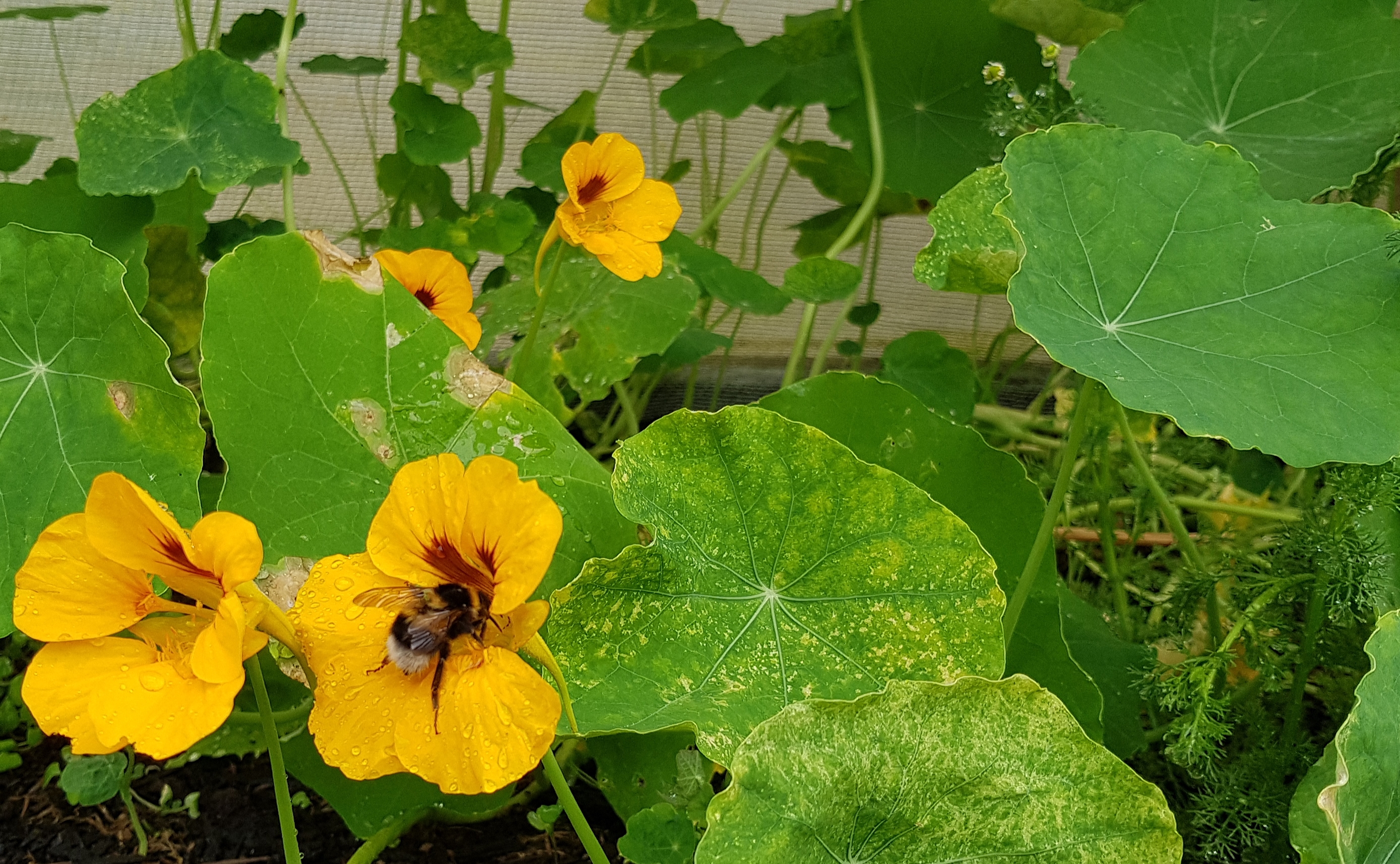
- Check soil moisture in the morning, and water if needed. Dont water is soil is moist - plants aren't evaporating at a high rate on cool days, and overwatering stirs fungal infections and stresses plants. Water the soil not the foliage. Don't water in the evening.
- Liquid feed new crops after watering, as often as weekly if you think they need a boost before cooler weather sets in. There's no need to liquid feed finishing crops.
- Set-up bucket wormfarms in the greenhouse - as long as its not too hot at yours. A wonderful way to passively boost soil, and worms perform well in the warmth at this time of year.
- Make a big compost for next autumns greenhouse zhush up.
